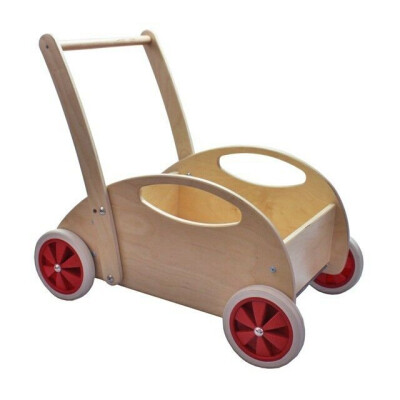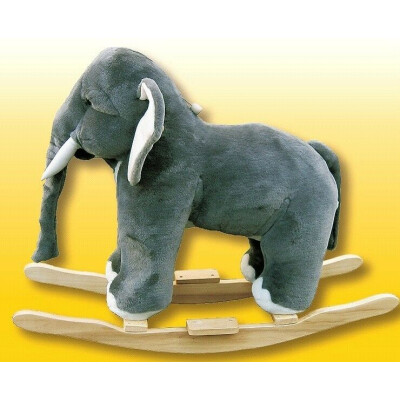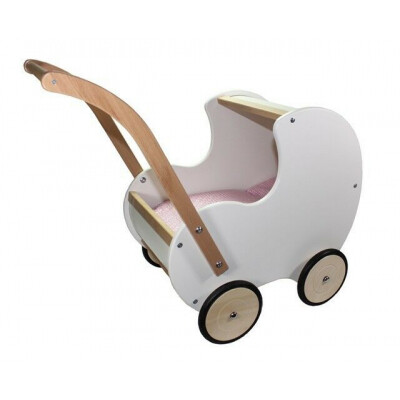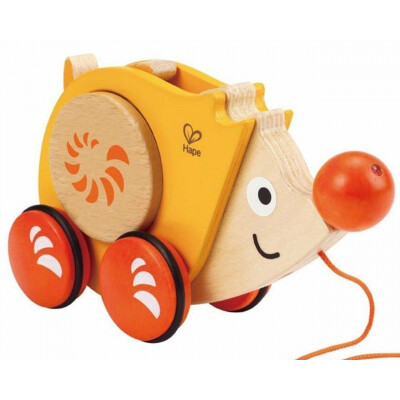Bump and Hobble - learn to walk
Bump and Hobble - learning to walk
Usually, the first steps are made by 13 months. Sometimes earlier, but they may start a little later. Children can start walk loosely average in around 14 months, with a large time spread (10-18 months or sometimes even later). As a parent, you really only affect the self-confidence. The more you praise a child for their performance, the greater is their self-confidence. By learning walking we also understand bumping.
Reasons that prevent them from walking is challenging environment, too much time in a box where the child cannot stand up, many strapped sitting in a stroller, without opportunities to experiment or use a walker. Children can choose well where they stand, as small as they are, and there you can always start with that.
Learning to walk especially by falling . Stumbling and Bumbling are usually followed by bumps and bruises. Regarding the falling, there are major differences between children. One is frightened and refuses to walk for a few days, the other hardly seems to know fear and goes quietly exploring their limits (and yours).
A walker is a chair on wheels that enables a toddler that cannot walk independently to move quickly through the room. Children find such a thing to be often great. Some doctors say that with a walker the child learns the wrong running technique. So if you use a walker, do it in moderation. At Per Sempre Toys we say, "parents, listen to the advice you get, but no one knows your child better than you. So you know what's best for your child. "
We have beautiful rocking animals and many other tools that are designed to help children (learning) to run the Block cart, walk bikes and doll carriages. Toys bumpers or toys for learning to walk? Per Sempre Toys!








